Gary Vee was asked about his advice on adding value on social media for healthcare. Always prioritize value over customer acquisition. This builds trust and encourages word-of-mouth marketing. Avoid posting transactional content and don’t use a selling approach. Instead, deliver the best content without the desperation of converting viewers to customers. Also, use pictures, audio, videos, and written formats.
Snapps courses are now available
Top ways to get more healthcare leads:
- Optimize your website
- Use email marketing
- Focus on social media marketing
- Invest in PPC advertising
Getting leads is important to delivering high-quality patient care. A healthcare website acts as a virtual representation of your services. Specify if your website focuses on dentistry, orthopedics, rehabilitation, or sexual health clinics. According to the National Library of Medicine, 67.7% of patients use the internet to obtain orthopedic information. Publish articles about the benefits of regular exercises or ways to improve sleeping habits.
Include email marketing features on your website for direct communication. According to Paubox, 36% is the average view rate for marketing emails in healthcare. Build an email list to send your book to potential patients. Support your e-book and blogs with scientific studies, professional insights, and fact-checking.
Establish an online presence on social media platforms. Regularly post healthcare content on Facebook, Instagram, LinkedIn, and YouTube. Provide informative content on topics like stress management, nutrition, exercise, and supplements.
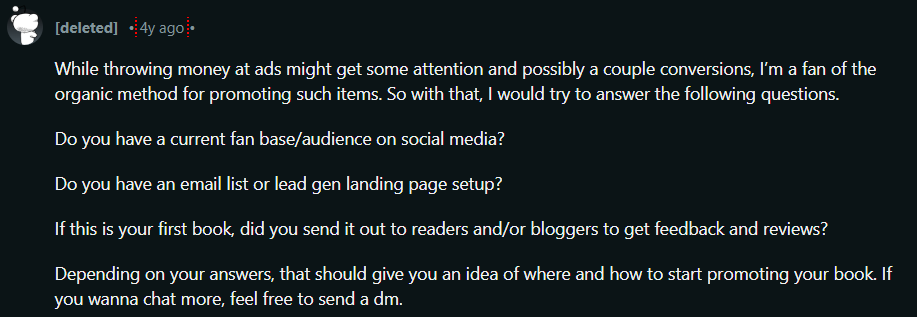
PPC advertising delivers faster leads. Target specific keywords like “dentist near me” or “best cardiologist in [city]”. However, medical practices tend to get flagged by Google and Meta Ads. Apply for a certificate to get your ads approved.

In this article, we discuss the top 4 ways on how to get more healthcare leads. We included the role of investing in tools for lead generation.
1. Optimize your website
The goal of having a website is for users to access important information. Elements of a good healthcare website are accessible navigation, secure patient data handling, and a clean layout. Customize service pages for dialysis, disease prevention, and rehabilitation. Add features such as contact forms and appointment scheduling for lead conversion.

Use SEO strategies to rank your site higher on search engines. SEO does not produce short-term results, and you need to analyze it. Take note that healthcare SEO is a notoriously tough topic. Search engines don’t want to support outdated or false medical advice. Authority trumps everything when creating a healthcare website. Here’s how to provide high-quality content using SEO:
- Work with medical professionals who specialize in medical writing
- Publish blogs about mental health clinics, emergency care, and nursing homes
- Have an editor specializing in healthcare to fact-check an article before posting
- Interview, cite, and quote practitioners in your articles and support all claims with citations
- Train your PR team to do proper link-building
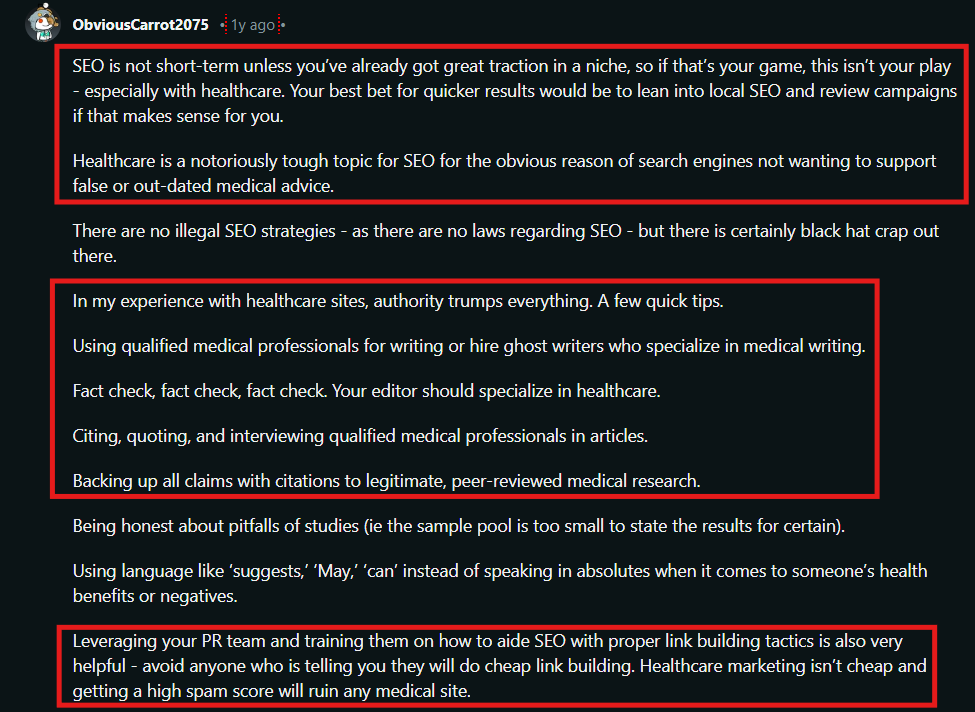
Prioritize security when handling sensitive patient information on your healthcare website. Prioritizing security builds trust with your audience aside from protecting patient data. Use SSL encryption, password policies, and stay updated on the best security practices.
If you have the budget, hire a web developer to build the site. But you can use a website builder without coding experience. Consider using Snapps.ai if you need a drag-and-drop editor to easily insert widgets. Its SEO and AI features improve content to boost search rankings. GoDaddy and Wix are popular options, while Webflow is good for added security and customization. Also, look into WordPress if you're looking for a user-friendly platform.
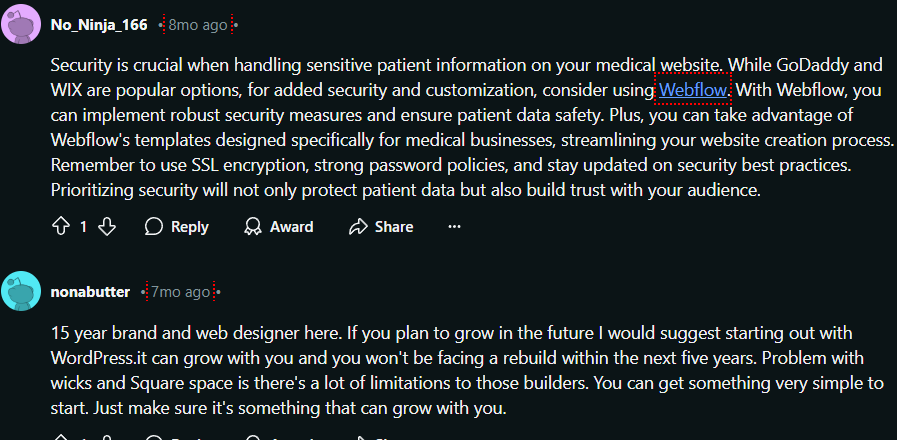
2. Use email marketing
Email marketing is a powerful approach to get more healthcare leads. Divide your email list depending on age, gender, and location. Highlight specific lifestyle choices, health conditions, and treatment needs for patients. Here’s how to use email marketing for healthcare lead generation:
- Build a strong email list - Give incentives like discounts, free e-books, guides, and webinars to encourage sign ups. Then promote your email list on platforms like Facebook, Instagram, and YouTube.
- Create compelling content - Write informative articles about health tips, supplements, effective workouts, and latest trends. Include medical advice that resonates with your target audience.
- Start effective email campaigns - Welcome new subscribers through your emails. Share industry news and upcoming events to encourage referrals. Also, offer special promotions and discounts.
- Send personalized messages - Create content such as speech therapy, laboratory and x-ray imaging, and pharmaceutical services. Address subscribers by name and apply dynamic content.
A Redditor said that your marketing email opt-ins and subscriber lists should be separated from your facilities patient list. Collect any feedback from patients once appointments start. Send an email requesting for their feedback in exchange for giving discounts. Use a HIPAA (Health Insurance Portability and Accountability Act) compliant review platform. You can use this as a CRM tool integrated in your website.


Dean Levitt from Paubox had a webinar about effective email marketing strategies in the healthcare industry. Your email should have a purpose, and it varies from generating sales to sharing information. Remind clients about upcoming appointments, promote blog posts, and announce new services. Place yourself in the shoes of a recipient who wants to learn from an expert. Encourage and tell recipients the next step after receiving their email addresses. Always keep emails concise and deliver them quickly and efficiently.
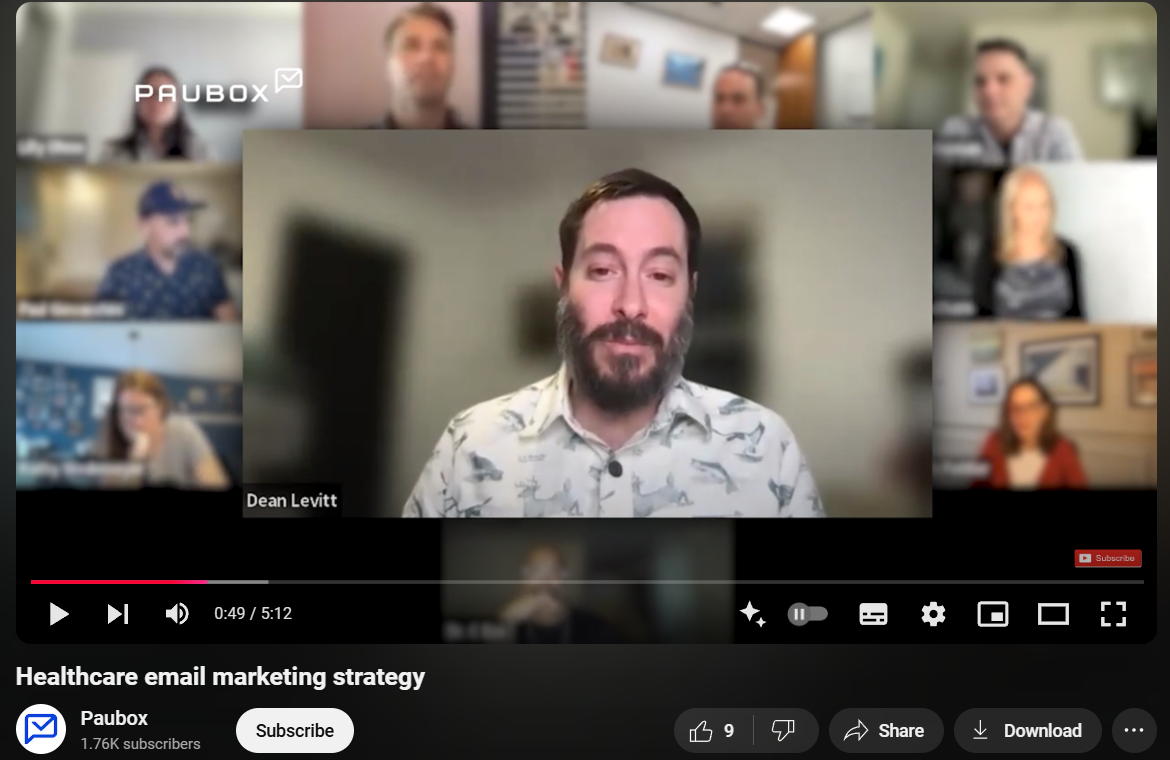
3. Focus on social media marketing
Social media marketing connects you with a larger audience for healthcare leads. Promote your website and services on Facebook, Instagram, LinkedIn, and YouTube. Here’s how to make use of social media for healthcare:
- Engage in direct interaction with patients to know their health history and inquiries.
- Answer common questions about diagnosis and treatment or disease prevention.
- Post pictures of events and patient interactions to increase audience engagement.

Slide title
Write your caption hereButton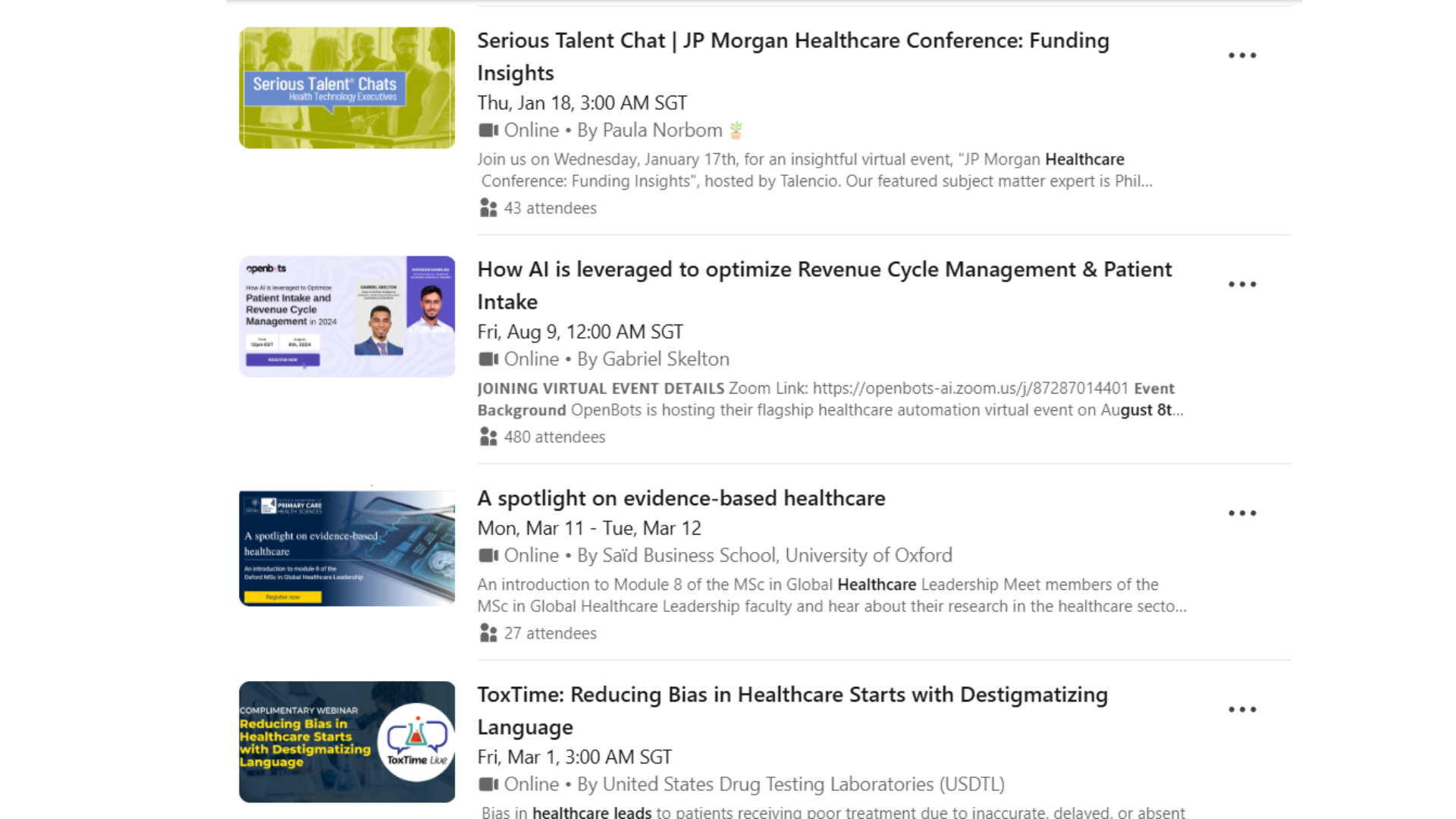
Slide title
Write your caption hereButton
A Redditor who’s an oncology specialist said that leveraging social media is rough. It’s important to identify visual elements that lead to higher engagement. Focus on imagery and do visual testing for orientations and subtle color changes. Another Redditor who runs a lead generation program said that some doctors don’t use social media. About 60% to 70% of them sold their practices to healthcare systems. They don’t make independent purchase decisions and can be labelled as employees.



4. Invest in PPC advertising
PPC advertising is a powerful method to get more healthcare leads. Appear at the top search results and receive high visibility for relevant keywords. Specifically geographic locations, demographics, and interests to reach the right audience. Here’s why PPC advertising is beneficial for healthcare professionals:
- Measurable results - PPC campaigns monitor impressions, traffic, conversions, and clicks.
- Flexible and scalable - Adjust your budget to manage seasonal fluctuations and various marketing goals.
- Competitive advantage - Stand out from competitors in highly complex healthcare niches.
Solutions 8 posted an online discussion about Google Ads for healthcare providers. Dynamic search ads (DSA) is important for advertising, especially if you include your services on a site. Categorize your services to improve ad targeting and convert leads to clients. Instead of relying on service offerings, advertisers should bid on keywords. This attracts potential patients looking for help with specific conditions.
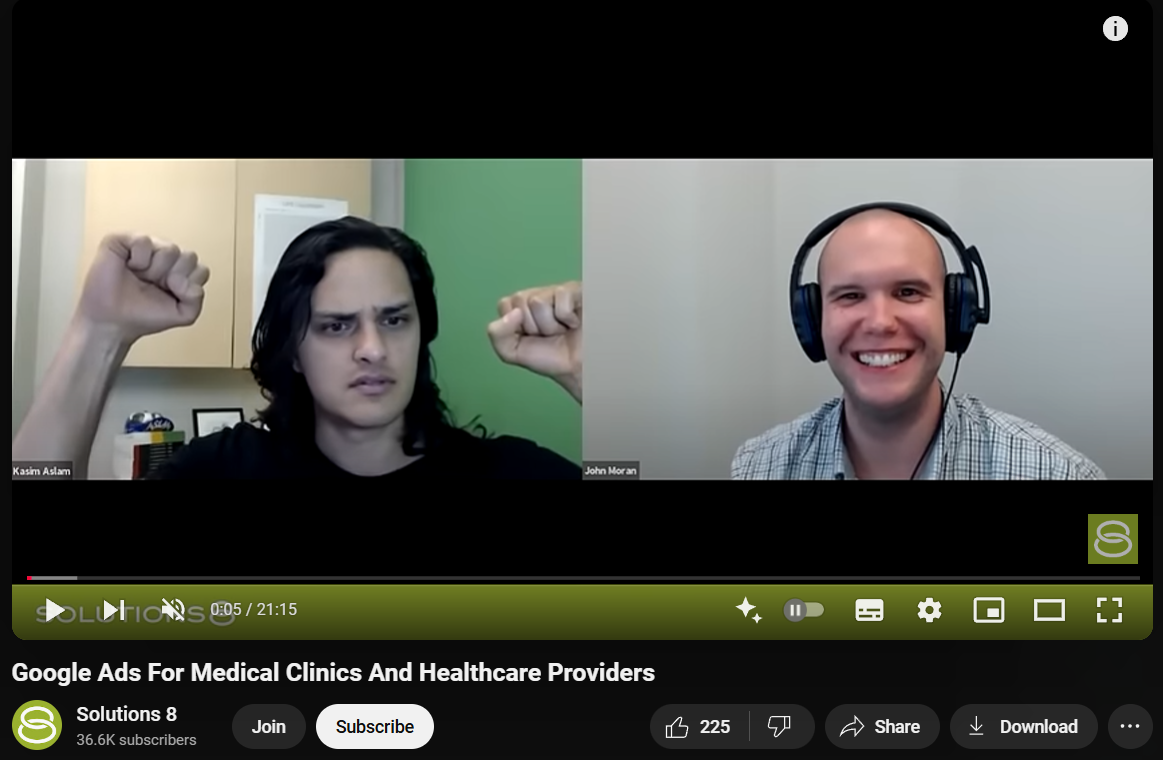

Justin Knott posted insights on booking more patient appointments using Google Ads. Search ads are beneficial because you can position yourself in the shoes of a patient who’s looking for treatments. Most agencies that spend millions of dollars on Google Search ads are what you see on top search results. Instagram ads may not be effective because patients don’t use it for medical solutions.
What is the Role of Investing in Tools for Healthcare Lead Generation?
- Improves lead quality - Enable precise targeting so your marketing efforts reach your target audience. Healthcare providers can prioritize leads depending on their potential value.
- Boosts conversion rates - Manage personalized communication to know your patients better. Test different marketing strategies to optimize campaigns and increase engagement.
- Bolsters patient relationships - Tools integrate with CRM systems to track patient history. These tools encourage positive word-of-mouth and loyalty.
- Analyzes performance - Healthcare providers can track key metrics like ROI, website traffic, bounce rates, and conversion rates. Analyzing valuable data makes data-driven decisions and improves marketing strategies.
Can a Website Builder for Healthcare Get More Leads?
Yes, a website builder for healthcare can get more leads. Choose from various pre-made templates that resonate with your brand identity. Its built-in SEO tools rank your site higher on search results. Add service pages for pediatric cardiology, sports medicine physical therapy, and telehealth consultations. Make sure your website is working for mobile users to improve user experience. Use mobile optimization features for navigation buttons, links, and layouts. Include relevant features like contact forms and scheduling tools to quickly generate leads. The top platforms that elevate your healthcare practice have app integrations to enhance the functionality of your web pages.
What is the Best Website Builder to Get More Healthcare Leads?
The best website builder to get more healthcare leads is Snapps.ai. Its drag-and-drop editor lets you insert contact forms, appointment scheduling, and patient portal. Create a mobile-friendly design to improve user experience. Snapps’ SEO and AI tools enhance blog content to rank your site higher on search results. Use the image gallery widget to display photos of patients during consultations, events, and workshops. Using a website builder like Snapps is an affordable way to get leads. You wouldn’t need to user expensive platforms like AdWords and HomeAdvisor.
Recent Articles
Our Support Heroes Are Here For You
Don’t waste time on tedious manual tasks. Let Automation do it for you. Simplify workflows, reduce errors, and save time for solving more important problems.



